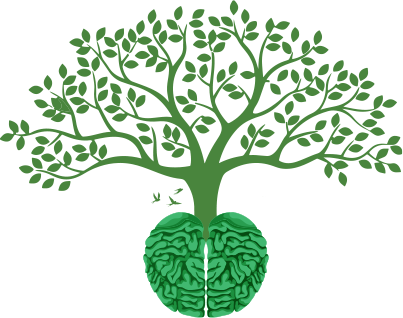
Eating disorders are complex mental health conditions that often manifest in various ways, not all of which are immediately recognisable. While the stereotypical image of someone with an eating disorder may involve extreme weight loss or visible signs of disordered eating behaviours, many subtle and lesser-known indicators can signal the presence of these conditions.
Table of Content:-
CHECK YOUR
MENTAL HEALTH

The National Institute of Mental Health stated exactly why all of us need to be aware of these lesser-known signs. This can help people get early treatment, which is extremely important since eating disorders can put people at a much higher risk for suicide, depression, anxiety, substance abuse, and medical complications.
Here are some less conspicuous signs to increase awareness and encourage early intervention and support.

Food Rituals and Obsessions
Beyond simply monitoring food intake or counting calories, people with eating disorders may develop elaborate rituals or obsessions around food. This can include meticulously planning meals, arranging food in specific patterns, or having strict rules about eating times and locations. These behaviours may serve as coping mechanisms or ways to exert control over food and body image.
Social Withdrawal or Isolation
Eating disorders can lead people to feel shame, guilt, and embarrassment, which may cause people to withdraw from social interactions involving food. They may avoid social gatherings, parties, or meals with friends and family to conceal their disordered eating habits or to avoid scrutiny about their body size or shape. This social withdrawal can further exacerbate loneliness and isolation, perpetuating the cycle of the disorder.
Preoccupation with Exercise
While exercise is often touted as a healthy habit, it can become problematic when taken to extremes. People with eating disorders may develop a compulsive need to exercise excessively as a means of compensating for food consumption or burning off calories. They may prioritise exercise above all else, even to the detriment of their physical health and well-being.

Body Checking and Dysmorphia
Body dysmorphic tendencies mean that when you look in the mirror, you see a deformed body shape that is not actually true. For example, to you, your mirror image may appear fatter or shorter than you are. This obsessive preoccupation with perceived flaws in appearance is common among those with eating disorders. People may engage in frequent body-checking behaviours, such as repeatedly weighing themselves, measuring body parts, or scrutinising themselves in mirrors. Despite external reassurance or evidence to the contrary, they may still perceive themselves as overweight or unattractive.
Secretive Behaviours and Hoarding Of Food
In an attempt to conceal their disordered eating habits, individuals with eating disorders may engage in secretive behaviours, such as hiding or hoarding food, stashing away wrappers or containers, or eating in private when others are not around. These secretive behaviours can contribute to shame and guilt and further isolate individuals from loved ones.
Physical Symptoms Beyond Weight Loss
While weight loss is often associated with eating disorders, it's essential to recognise that not all individuals will exhibit significant changes in body weight. Other physical symptoms may include frequent fluctuations in weight, hair loss or thinning, dry skin, brittle nails, and disruptions in menstrual cycles. These signs can indicate underlying nutritional deficiencies and metabolic disturbances.
Also Read: What Is The Difference Between Anorexia And Bulimia? States The Expert
Eating disorders are complex and multifaceted conditions that extend beyond the stereotypical images portrayed in mainstream media. By understanding and recognising the lesser-known signs and symptoms of these disorders, we can better support ourselves and those around us in seeking help and accessing appropriate treatment. If you or someone you know is exhibiting any of these signs, it's essential to reach out to a healthcare professional or mental health provider for support and guidance. Remember, recovery is possible with early intervention and comprehensive care.
Also watch this video
Read Next
Mental Health Matters: Expert Explains Maternal Gatekeeping And Mitigating Feelings Of Isolation
How we keep this article up to date:
We work with experts and keep a close eye on the latest in health and wellness. Whenever there is a new research or helpful information, we update our articles with accurate and useful advice.
Current Version